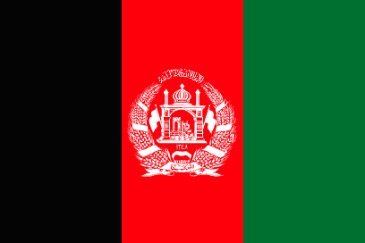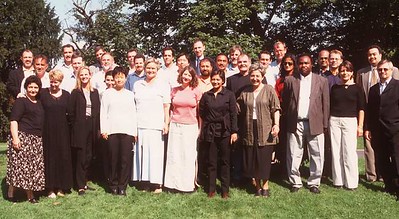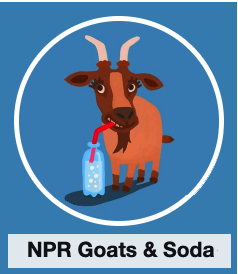The USA has evacuated thousands of Afghans in desperate need of safety, per the takeover by the Taliban, a terrorist group that does not believe women should be a part of public society and wants to require everyone in the country to live by their very strict views. Thousands of these Afghans are at military bases across the USA awaiting placement in welcoming communities.
No matter where you are located in the USA, you can welcome an Afghan family and provide them with the practical support they need to get settled – by your serving as a certified sponsor circle. As a sponsor circle, you and your neighbors will volunteer to take on tasks like finding initial housing, stocking the pantry, connecting children to school, providing initial income support, and helping adults to find employment.
- Communities Circle Up: Bring together at least five adults in your neighborhood to form a sponsor circle. Complete background checks, fundraise, and prepare to submit your group’s application for certification.
- Members Make a Plan: Check your knowledge of what is needed to serve as a sponsor circle and prepare a Welcome Plan in advance of being matched with a newcomer. Support in completing your Welcome Plan is available!
- Circles Welcome Newcomers: Once certified, sponsor circle volunteers will welcome the newcomer directly into the community and provide tailored support through the initial integration process.
Each sponsor circle must fundraise a minimum of $2,275 per individual you will support. That means, if your sponsor circle is going to support a family of three, you will need to raise $6,825.
Each sponsor group must commit to providing a minimum of 90-days of reception and welcome support to an Afghan newcomer family. At least one sponsor circle member has to complete the required knowledge check, an online training program.
RefugePoint, which has been rescuing and resettling refugees for decades, is the NGO stationed at U.S. military bases to assign Afghans to circles for absorption.
Complete information about the web site sponsorcircles.org.
Also see this piece about this program by Khaled Hosseini, author of The Kite Runner.
Also see:
My request to my US congressional representatives regarding Afghan refugees
If you ignore women in Afghanistan, development efforts there will fail (2017)









